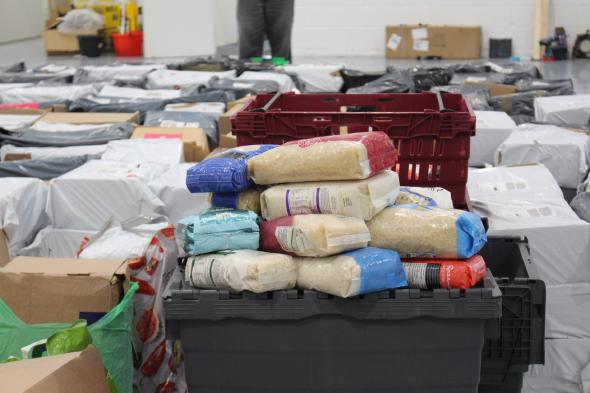An estimated 2.38 billion people are facing food insecurity as we approach the beginning of 2022, owing to a lack of reliable access to food in many parts of the world.
Among the worst-affected areas of the world, according to economist Dr Maximo Torero Cullen, are Afghanistan and sub-Saharan Africa, including Madagascar.
Lack of access to food could have devastating consequences, with an estimated billion worldwide at risk of malnutrition and, of those, 45 million already on the brink of famine.

The main drivers of food insecurity before the pandemic were conflict, economic downturns and environmental disasters, explained Dr Cullen. “Lockdowns and Covid-19 have exacerbated those problems,” he adds.
Food prices are rising, along with the cost of transportation. The result is a lack of access to food in the most impoverished regions of the world.
“We still have food availability,” said Dr Cullen, “but the problem today is of food access.”
Asked how those in the worst-affected areas can access the food they need, Dr Cullen suggests, “At this point, it has to come from aid.”
While famine is an issue that affects all people, Christians who are already persecuted and impoverished are often among the first to suffer.
Reports also indicate that famine and food insecurity increases the likelihood of violence and conflict, which could include an increase in the anti-Christian violence already experienced by believers across Asia, Africa and the Middle East.